“NASA and several organizations are now beginning to plan manned missions to Mars. … However, interplanetary deep space is populated not only by microgravity, but also by strong radiation such as galactic cosmic rays, which originate outside the solar system, plus solar particles, which include high-charge, high-energy particles that are difficult to shield from a spacecraft.”
— Science Advances, June 11, 2021
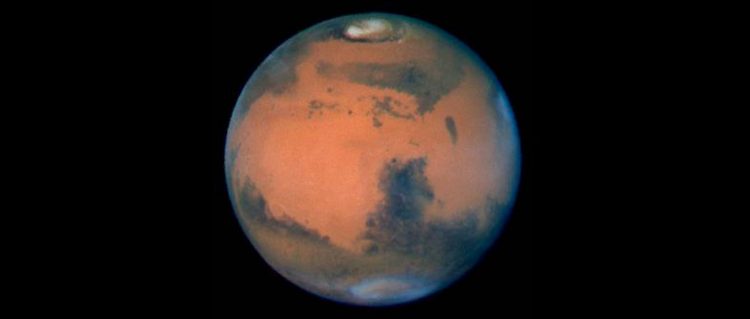
June 13, 2021 Kofu, Japan – One of the presumed dangers in space travel has been that space radiation would destroy human DNA, so that pregnancies beyond Earth’s protective magnetic fields would not be viable. But nine years ago in 2012, sperm from 66 mice was freeze-dried and transferred in 2013 to the International Space Station to see what that exposure to non-stop radiation in space would do to the mammalian sperm.
Now nearly a decade later, Professor Sayaka Wakayama at the University of Yamanashi in Kofu, Japan, reports there were only minor differences between mice born from ovary eggs fertilized by the ISS radiation-exposed-sperm versus sperm that never left Earth.
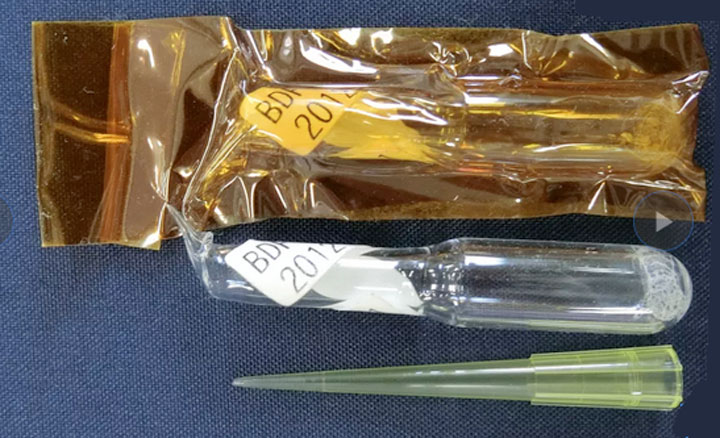
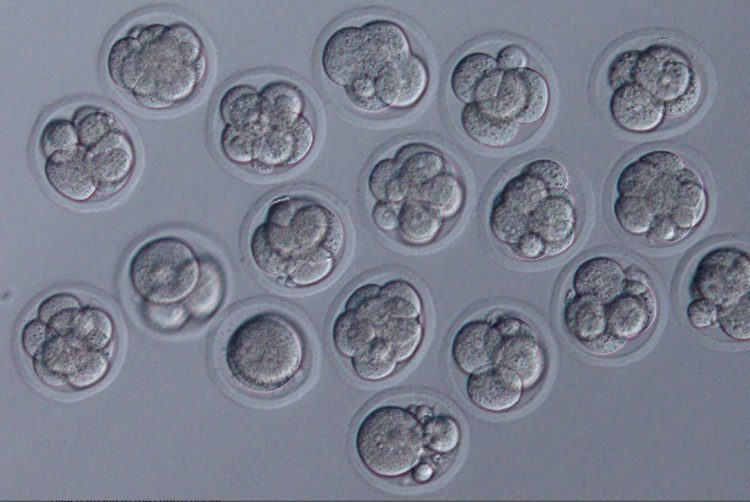
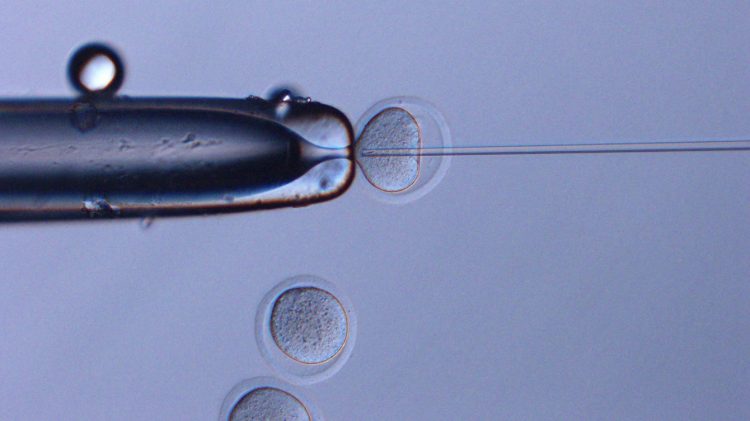
Next, to determine how much radiation the space sperm had absorbed, the Japanese scientists used RNA sequencing to search for DNA damage to the sperm nuclei. Nothing of significance was found.
Finally came the reality check of rehydrating the sperm with water and injecting into healthy mouse ovary cells to see what condition the baby mice born from the experimental space sperm would look like.
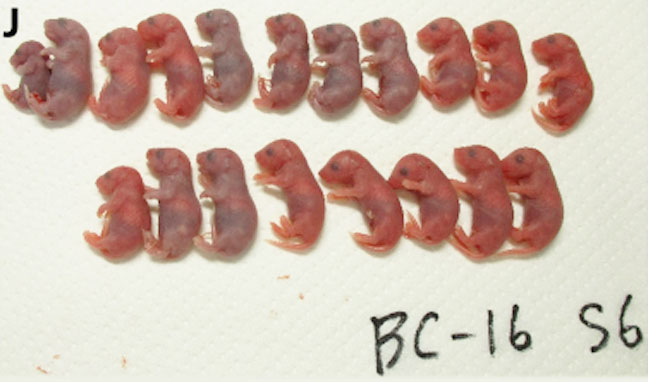
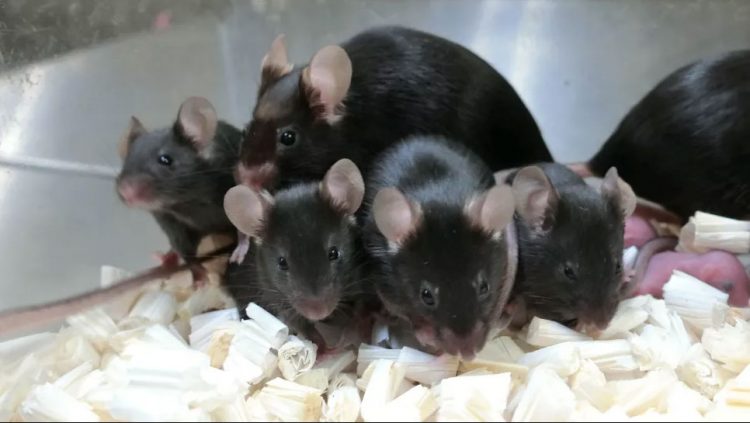
Prof. Wakayama published in the June 11, 2021, journal Science Advances that the mouse pups born from the space sperm were healthy, with no genetic defects. In fact, the Japanese scientists projected from their published study that human sperm could be kept viable on Mars for up to 200 years.
© 1998 - 2025 by Linda Moulton Howe.
All Rights Reserved.

